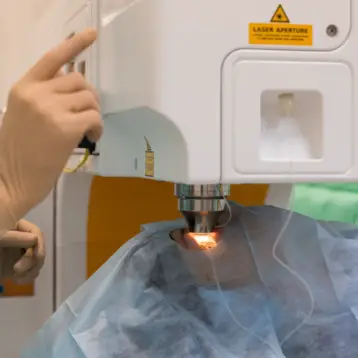|
Human embryonic cells are a potentially powerful tool for the treatment of various ailments that cause tissue damage, such as diabetes, Parkinson’s disease, and heart failure. These cells are capable of differentiation to all cell types of the mature human body under certain conditions. This ability has earned them the name “pluripotent,” and turned their study into one of the most important fields of research in today’s regenerative medicine.
However, there are serious dangers in the use of stem cells to replace damaged tissue. Stem cells have shown a tendency to develop into a specific kind of tumor, called teratomata, when they are implanted into mice during experiments. Teratomatas develop from pluripotent cells and consist of different tissue type elements from one or more of the three germ cell layers. It is a generally accepted opinion among medical professionals that this tumerogenic feature will manifest itself in human patients as well. Since embryonic stem cells begin their lifetime as perfectly normal cells, the abovementioned tumor development remains a puzzling feature to researchers.
A group of researchers from the Hebrew University of Jerusalem have recently conducted a series of experiments trying to fully understand and solve this problem. In their latest project the team focused on analyzing the genetic basis of tumor formation originating from the human embryonic stem cells. They identified a gene, called survivin, which appears to be key to the tumorogenesis process. This gene is expressed in most cancer cells and early stage embryos, but is almost completely absent from mature human tissue.
|
Survivin expression appears to be especially high in undifferentiated human embryonic stem cells and in their derived tumors. The research team was able to suppress the survivin activity in the embryonic stem cells as well as in the tumors, thus initiating programmed cell death (apoptosis) in those cells.
Although inhibiting survivin expression close to stem cell transplantation should minimize the risk of tumor formation, the researchers remain apprehensive. There are still major safety concerns about the use of stem cells and a combination of strategies may be needed to make the process safe and easy to use.
We at TFOT have recently brought you stories about stem cell therapy. One such story describes an alternative source of stem cells – hair follicles, discovered at the University of California, San Diego. We have also uploaded a video telling of the possibilities and principles of stem cell use in cell therapy.
For more information on the prevention of tumor growth, please visit Hebrew University’s news page.










